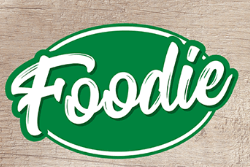At first glance, a bath towel might seem like a simple household item — soft, absorbent, and meant to dry you off after a shower or bath. But if you’ve ever taken a closer look, you may have noticed subtle lines or patterns woven into the fabric .
These lines aren’t just for decoration. In fact, they often serve important functional purposes tied to the towel’s construction, quality, and durability.
Let’s explore what those mysterious lines mean — and why they matter more than you might think.
🧵 1. Woven Bands or Stripes: Reinforcement & Structure
One of the most common types of lines found on bath towels are woven bands or stripes , usually running horizontally across the surface.
What They Do:
Reinforce the towel’s structure and help prevent stretching.
Act as stabilizers during the weaving process.
Can also be used to separate different sections of the towel (e.g., border from body).
These bands are typically made using a denser weave than the rest of the fabric, adding strength without compromising softness.
🖼️ 2. Decorative Patterns: Aesthetic Appeal with Hidden Benefits
Many towels feature jacquard patterns, dobby weaves, or embroidered lines that add visual interest.
Beyond Looks:
These patterns can create texture , which enhances airflow and drying performance.
Certain designs improve absorbency by increasing surface area.
Some patterns help hide stains or wear over time, making the towel last longer visually.
In high-end towels, these designs often reflect traditional weaving techniques and craftsmanship passed down through generations.
🔁 3. Centering Lines: For Folding & Alignment


